Though Swift’s fans were surprised by the new 11-minute version of Swift’s standout Red track, and the sudden release of an accompanying music video nearly 10 years after the song’s original release, the filmmaking community was in a flurry for an entirely different reason—the unexpected (or perhaps, previously unacknowledged) brilliance of Swift’s direction. Nearly a year after the short film’s debut—garnering near-universal acclaim and sparking heavy online debate as to the real-life story behind the infamous red scarf—Swift went to TIFF earlier this month to screen “All Too Well” for the first time in its original 35mm print and to give insight into her filmmaking process.
It was immediately apparent when listening to Swift talk about the behind-the-scenes work of “All Too Well” that she has a palpable passion for filmmaking and takes genuine pride whenever her reverence for the industry or homages to other directors are recognized. This was the case during Swift’s conversation with TIFF CEO Cameron Bailey, which was peppered with small glimpses into Swift’s relationship with filmmaking and film as an art form.
Swift’s filmmaking career has run more or less parallel to that of her music, having edited home videos for her songs (“Christmas Tree Farm”) and also co-directed her music videos (“Lover,” “You Need to Calm Down”) since 2008. But after years of writing treatments and storyboarding, Swift’s first big solo turn in the director’s chair came via the tongue-in-cheek gender-bending music video for 2020’s “The Man,” which sees Swift don a suit and heavy prosthetics in a not-so-subtle jab at gender inequity in the workplace. Pulling visual inspiration from the bustling offices of “The Wolf of Wall Street,” “The Man” has a distinct sense of humor frequent in much of Swift’s work that points to a self-awareness and levity juxtaposed by the depth of her dramatic lyrics. From man-Taylor peeing glitter all over her older album titles to an endless hallway of gloved hands waiting to pat her brutish protagonist on the back—ending the video with a trophy wife gleefully marrying man-Taylor for his money—there’s a wit (bordering self-depreciation) that makes Swift’s dramatic visual storytelling compelling without feeling overwrought.
Though lighthearted humor and joyful rebellion may be the thru line for many of the music videos Swift directed off Lover, her subsequent entries, Folklore and its sister album Evermore usher in a more mature, ruminative era of Swift’s music and videos. The video for 2020’s “Cardigan” sees Swift bathed in warm candlelight from the flickering fires of a cobblestone cottage, before discovering a fantasy world pulled from the pages of “The Chronicles of Narnia.”
Where “The Man” played with visual humor in short, punchy sequences to emphasize the infuriating nature of the double standards that plague Swift’s career in comparison to her male contemporaries, “Cardigan” takes a more traditional narrative approach in its cinematic language, honoring Folklore’s inspiration from fairytales (during the TIFF Q&A, Swift cited influences of Guillermo del Toro’s “Pan’s Labyrinth” and “The Devil’s Backbone” on the album). There’s a cinematic scope and tone to “Cardigan” that elevates the video beyond conventional expectations of a product placement-laden pop video, slotting it squarely in the category of a short film set to music.
You can view the original article HERE.
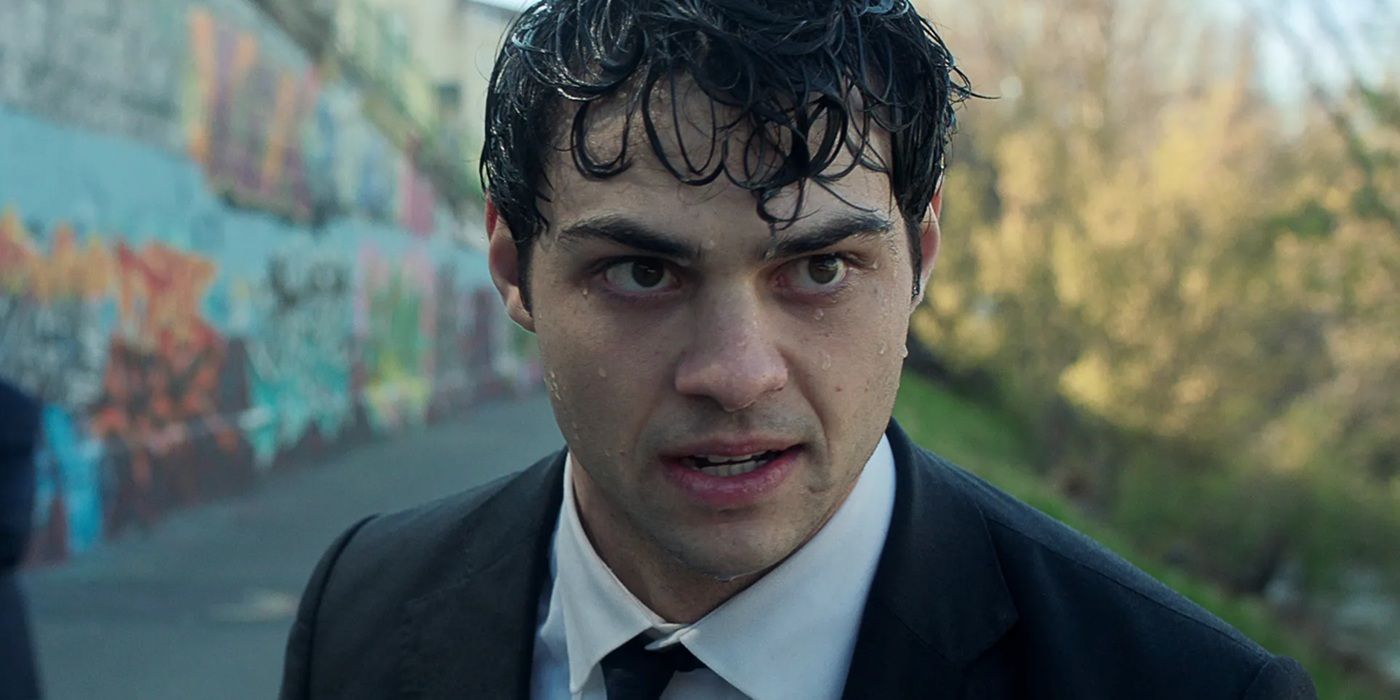



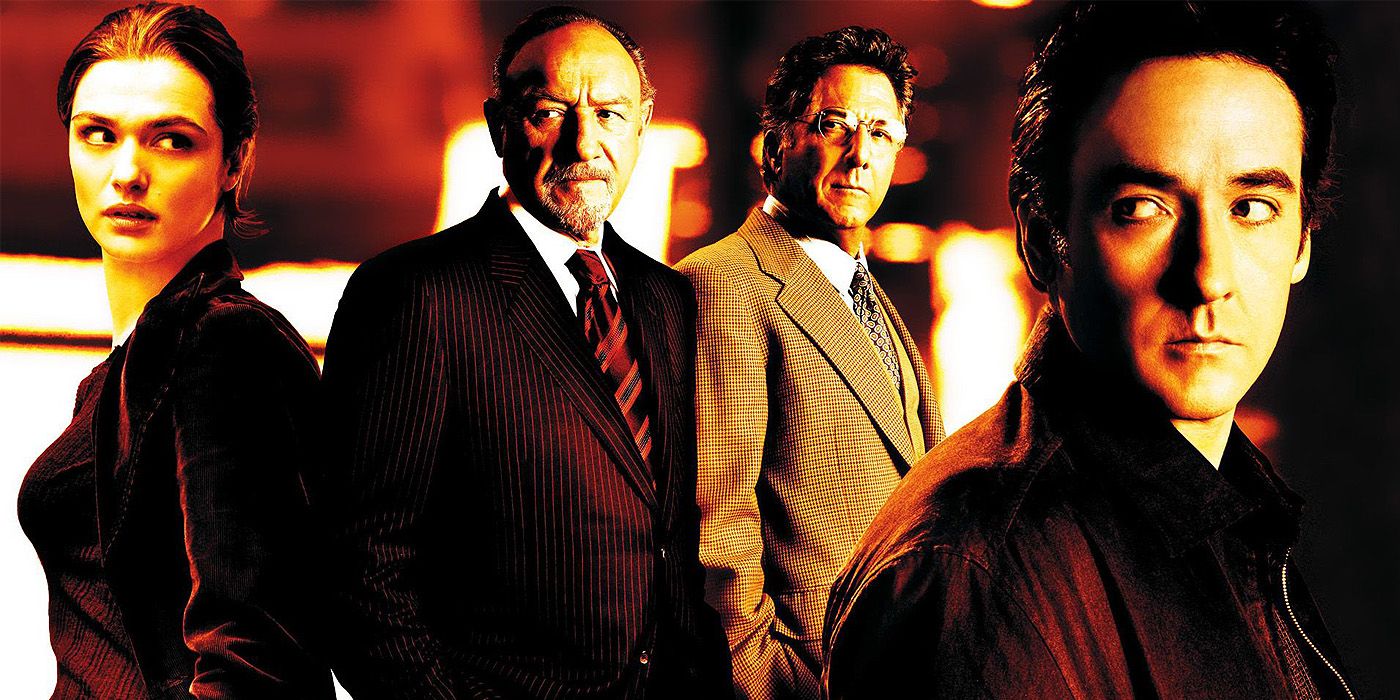
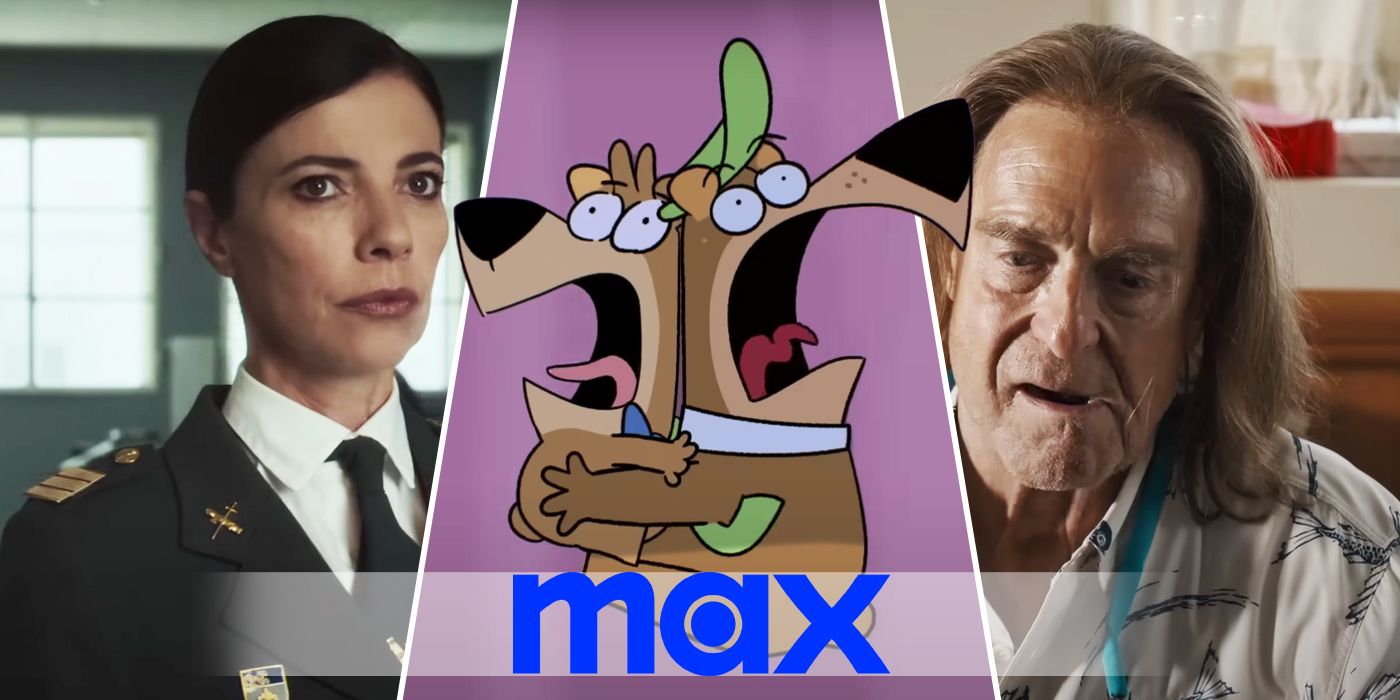

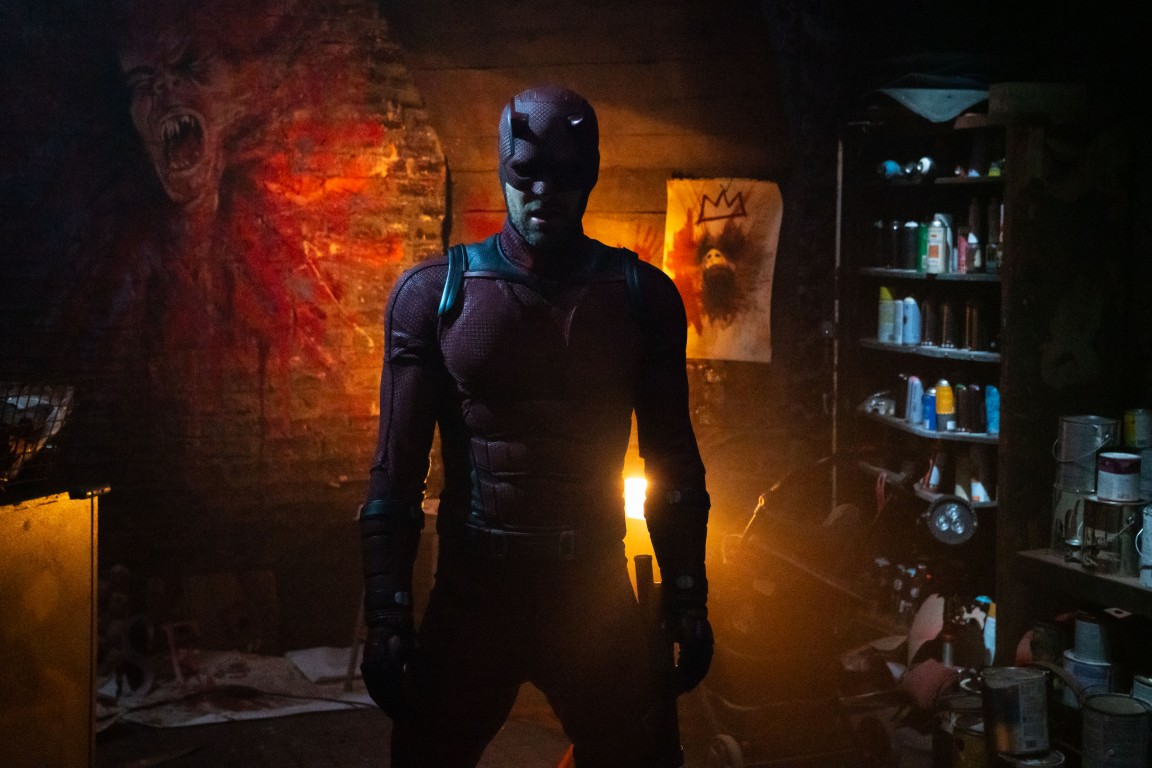
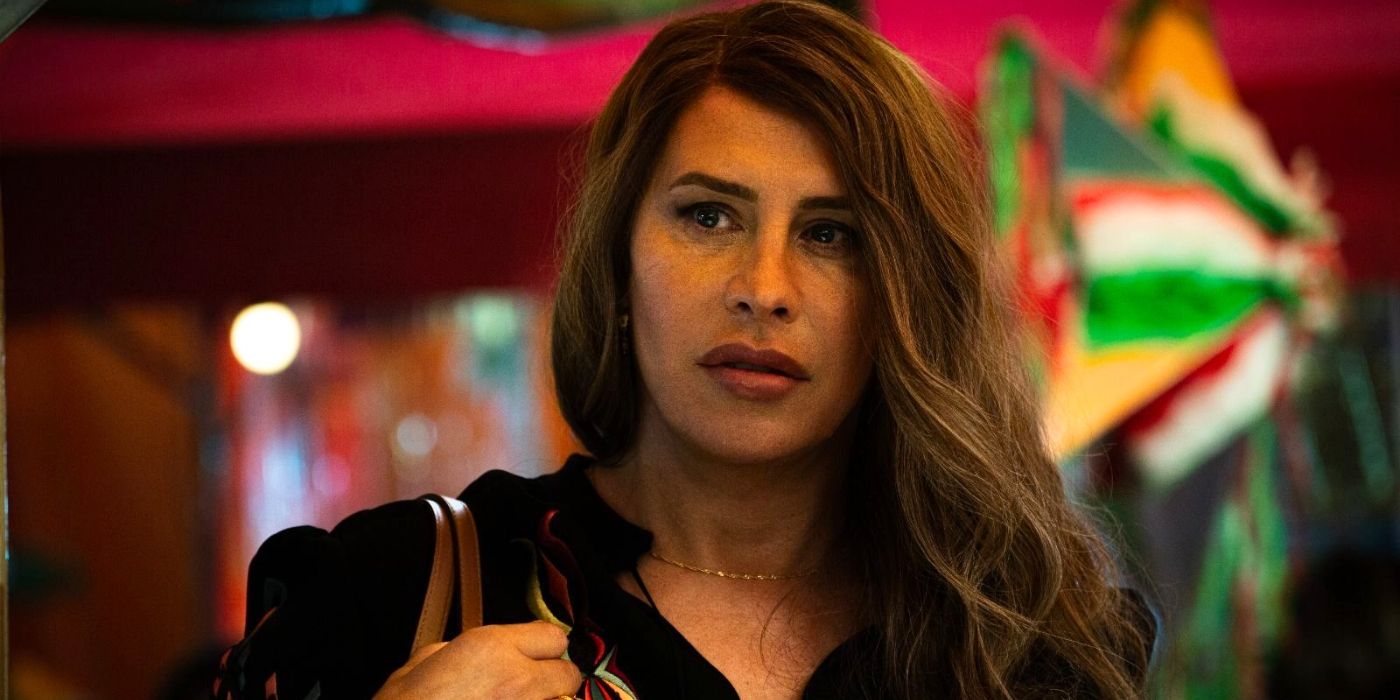

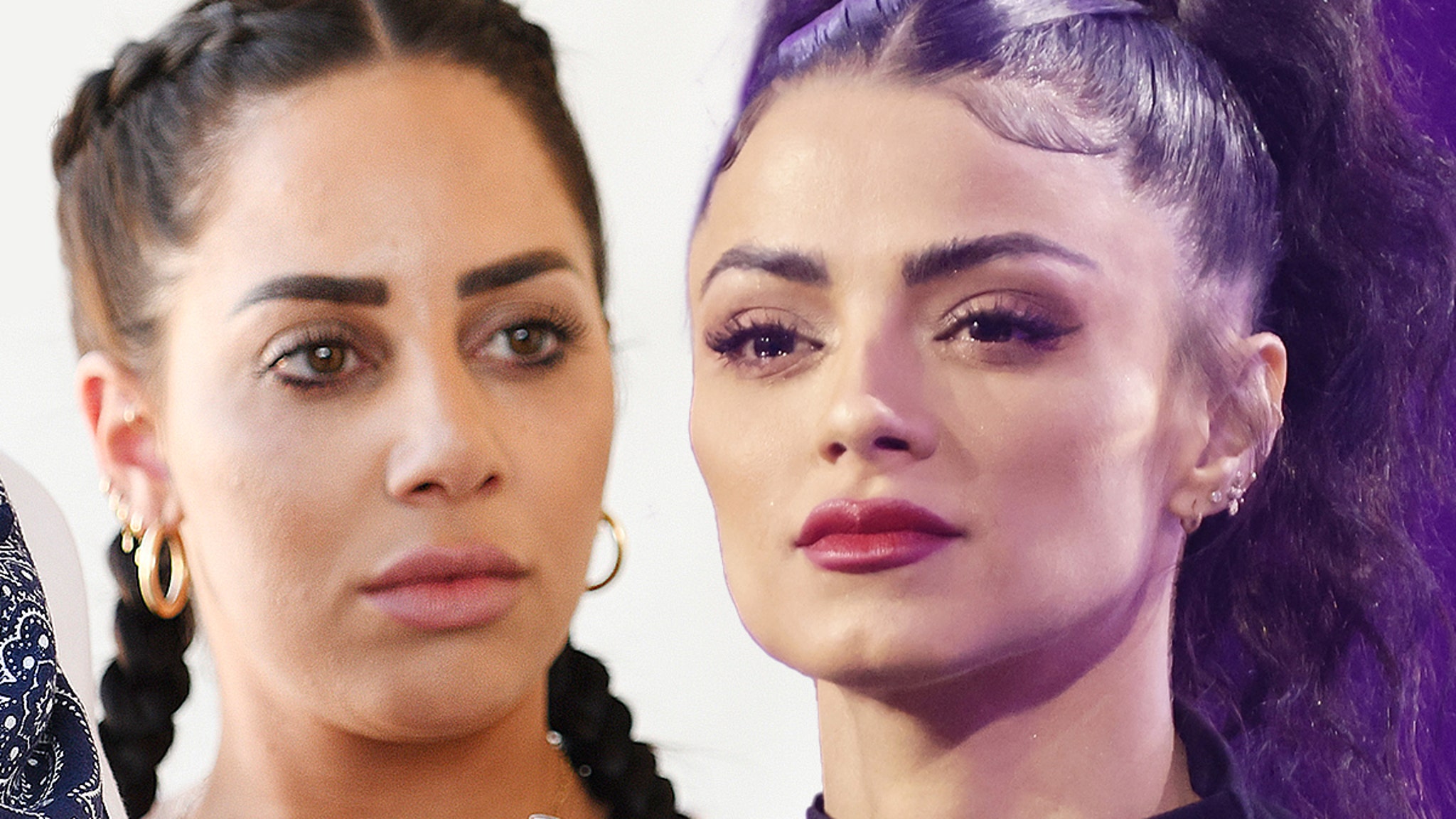



![Trigger Point Preview Pits Barry Pepper Against Dark Government Operatives [Exclusive]](https://celebrityfanfare.com/wp-content/themes/mts_magxp/images/nothumb-magxp-featured.png)
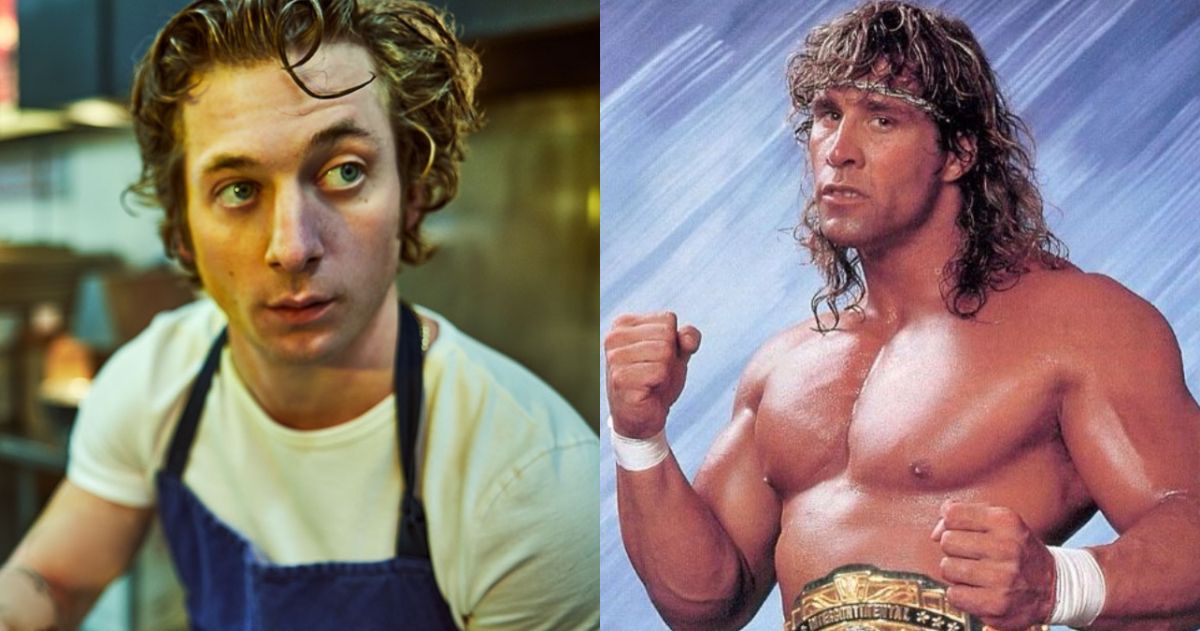

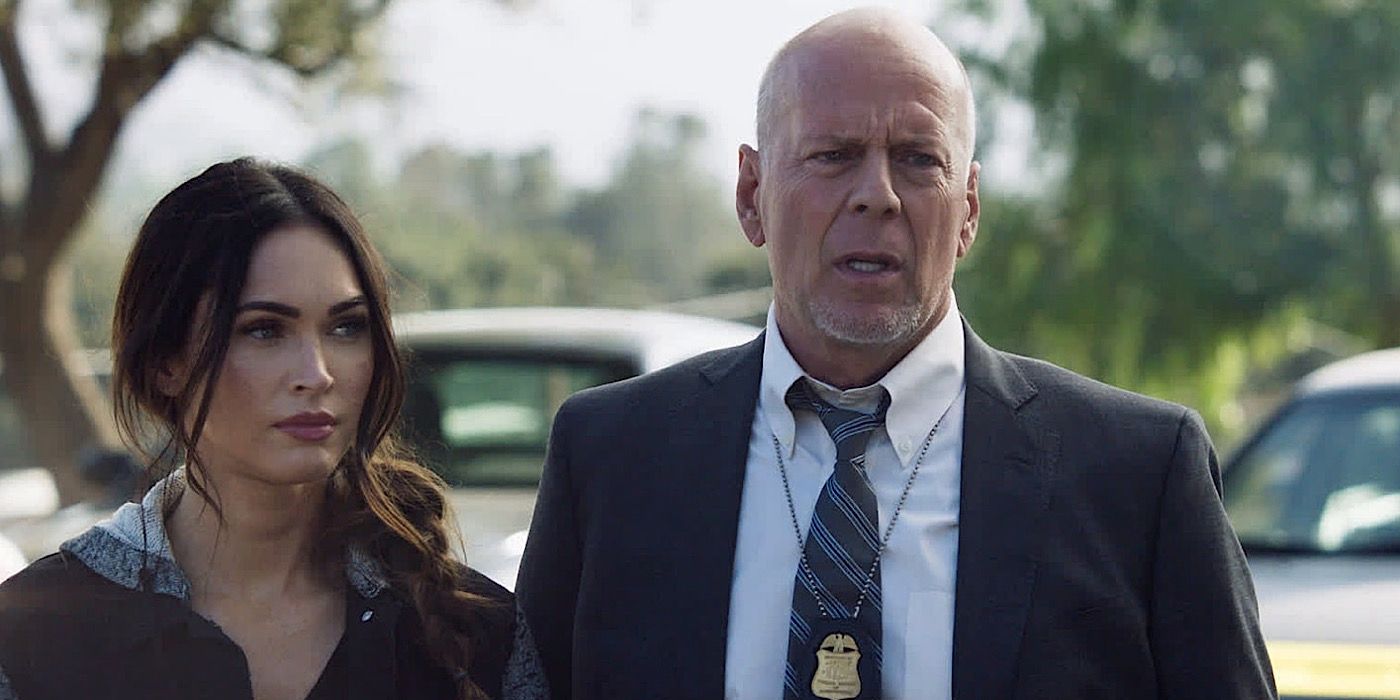






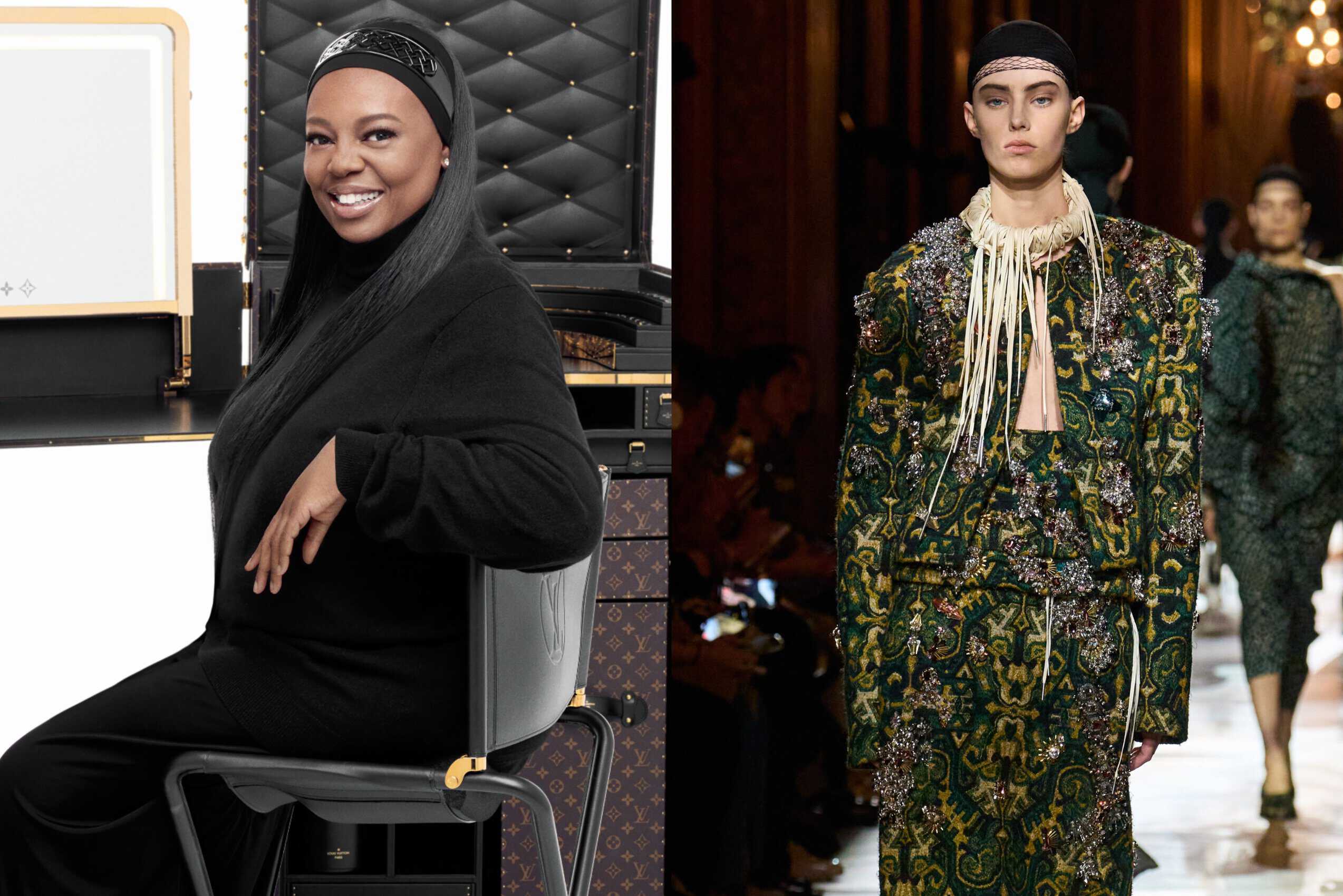

:quality(85):upscale()/2025/03/04/010/n/1922564/e4e30ef267c789a5161212.31191204_.png)
